Lateral Placement
Highway cross-section is the primary criteria affecting the lateral placement of signs. The key cross-section factors affecting the lateral placement are whether a roadway has no shoulder, a narrow shoulder, a wide shoulder, guardrail, or curb-and-gutter.
The following define narrow and wide shoulders:
- Narrow Shoulder:A shoulder that is 6 ft or less in width.
- Wide Shoulder:A shoulder that is more than 6 ft wide.
Where possible, do not place sign posts in the flow line of a ditch or drainage channel.
Section 2A.19 and Figure 2A-2 and 2A-3 of the Texas MUTCD describe the lateral placement requirements for signs. Figures 4-3 through 4-9 on the following pages illustrate typical situations for the lateral placement of signs. Section 3 contains additional information about lateral placement of signs at intersections.

Figure 4-3. Lateral Sign Placement with No Shoulder or Narrow Shoulder
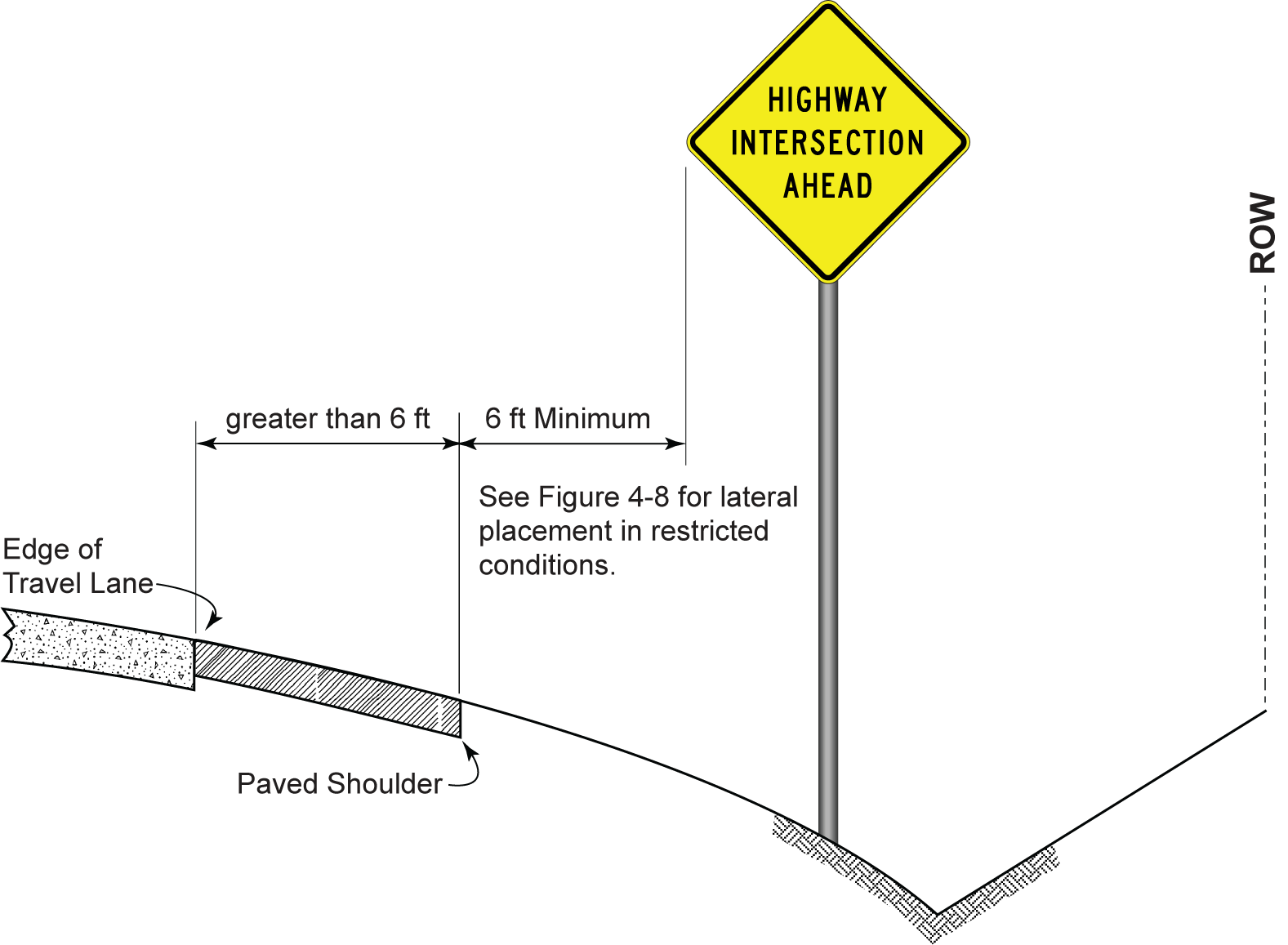
Figure 4-4. Lateral Sign Placement with Wide Shoulder
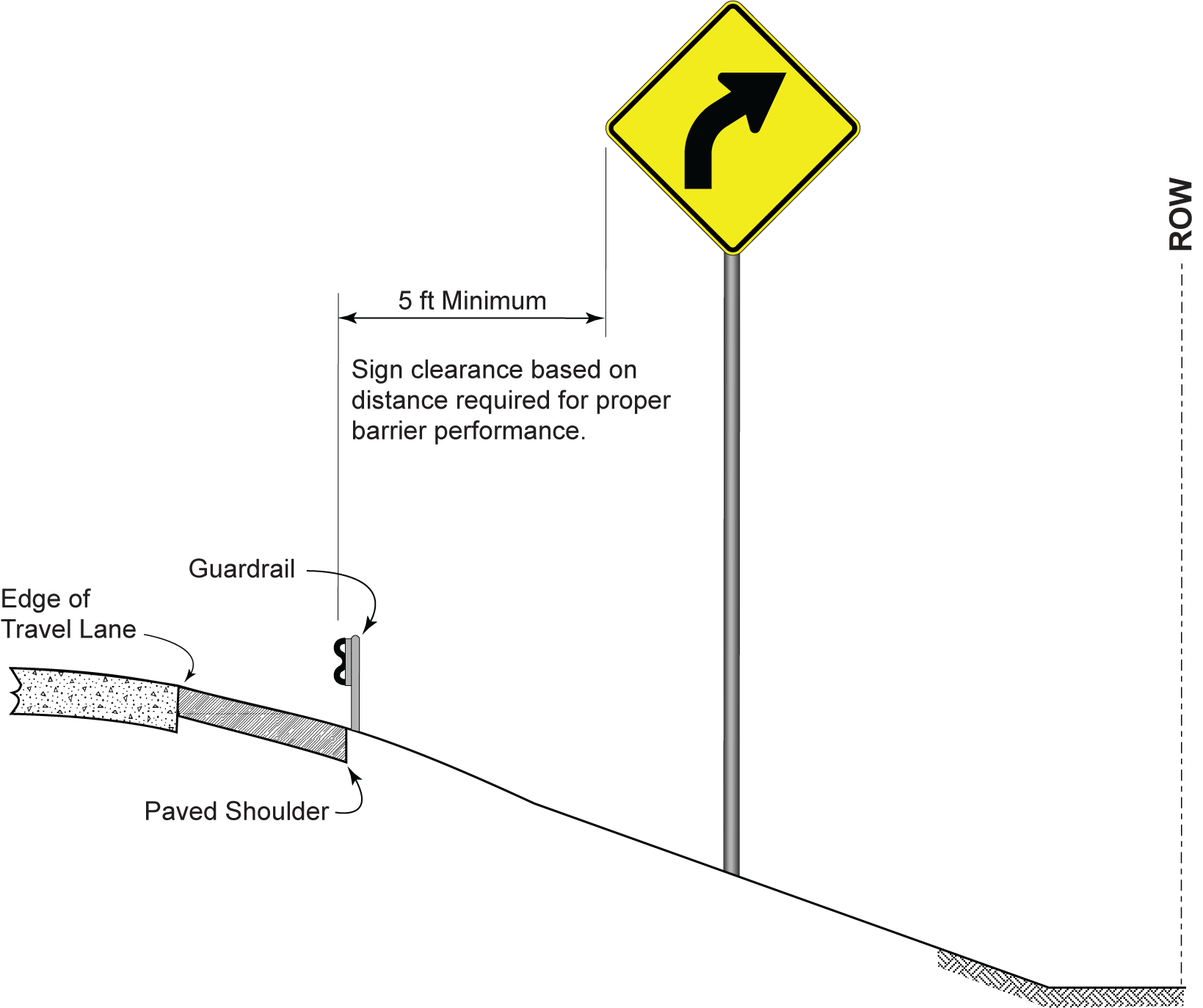
Figure 4-5. Lateral Sign Placement with Guardrail
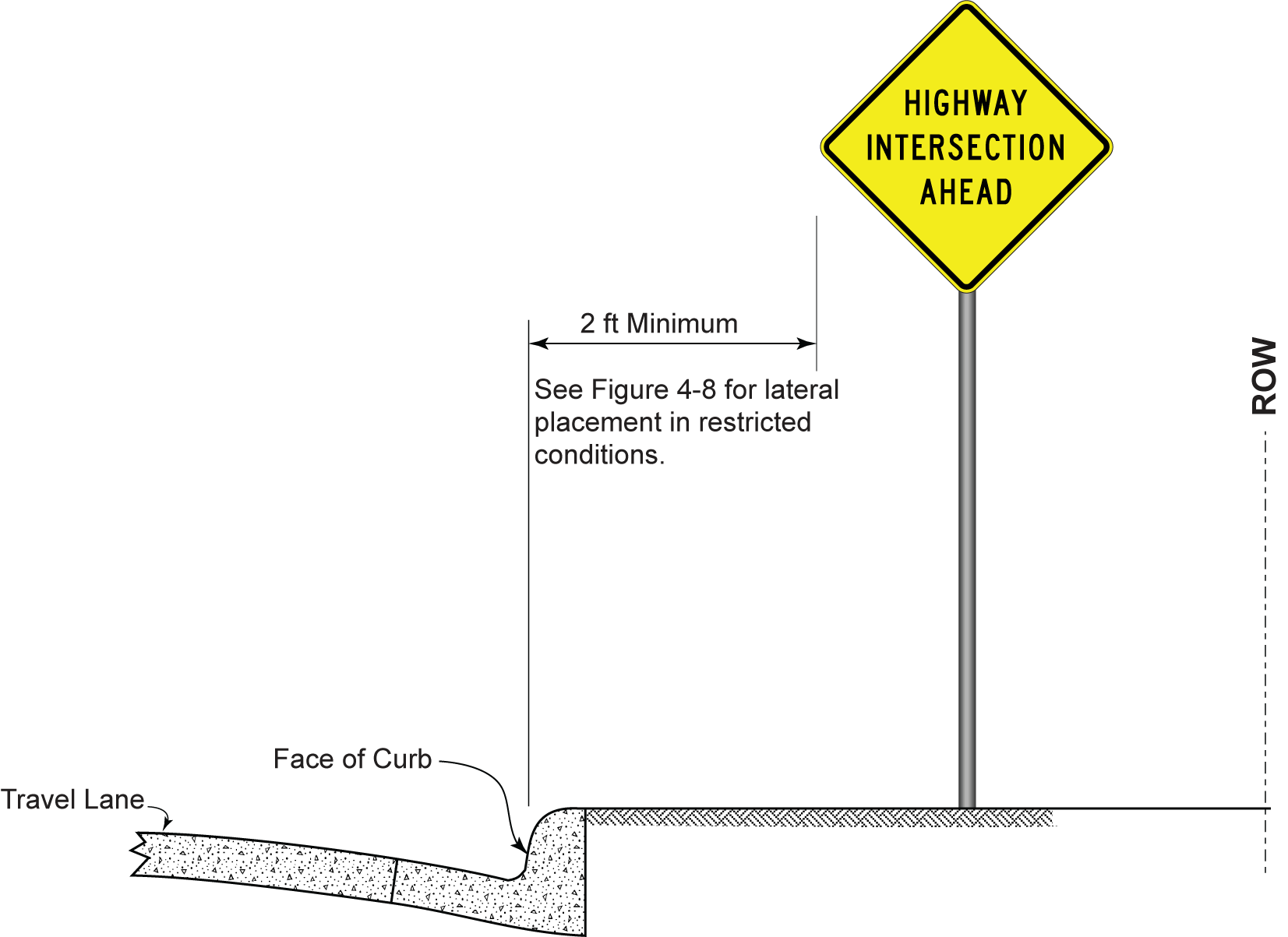
Figure 4-6. Lateral Sign Placement with Curb and Gutter
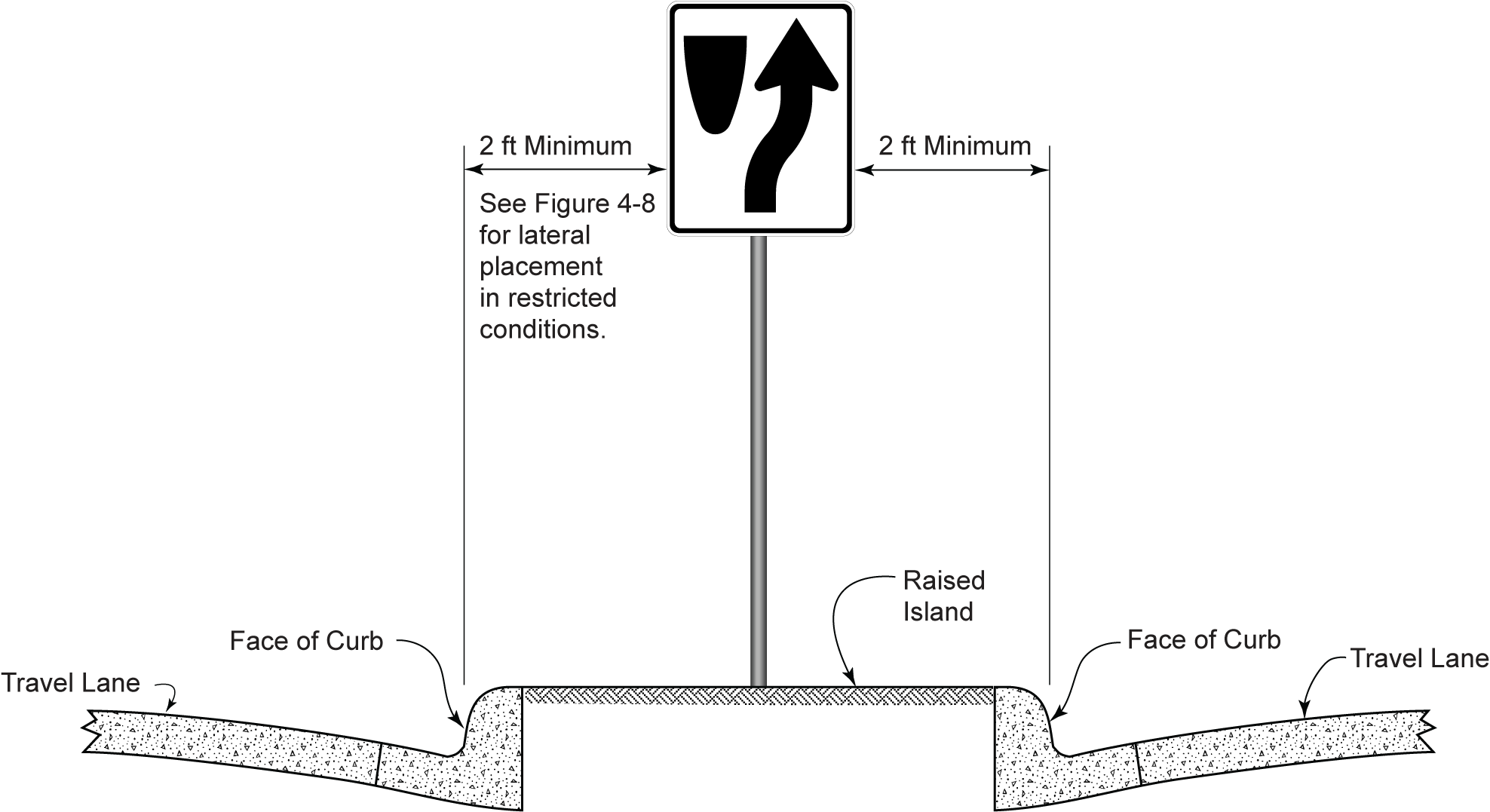
Figure 4-7. Lateral Sign Placement with Raised Island
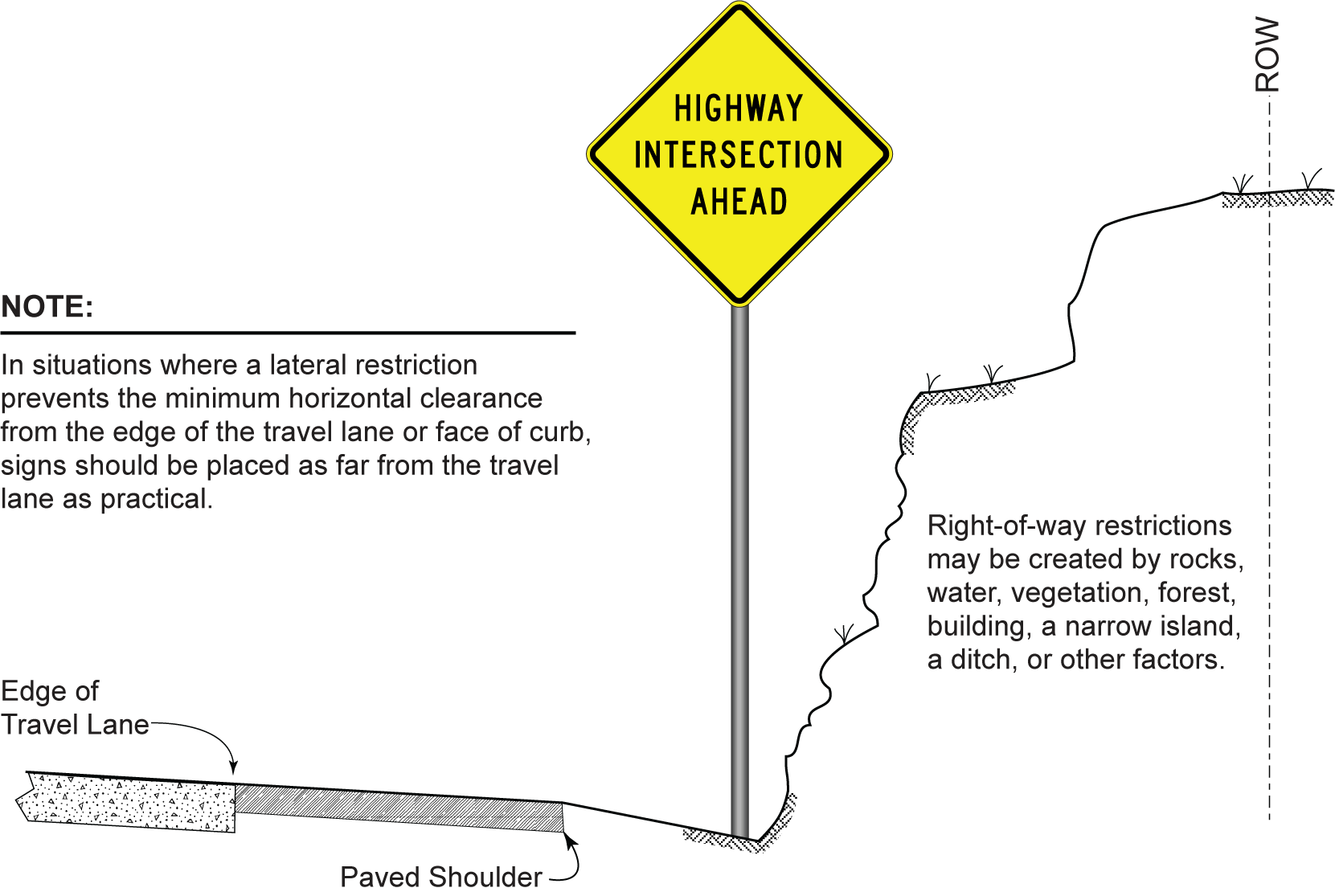
Figure 4-8. Lateral Sign Placement in Restricted Right-of-Way
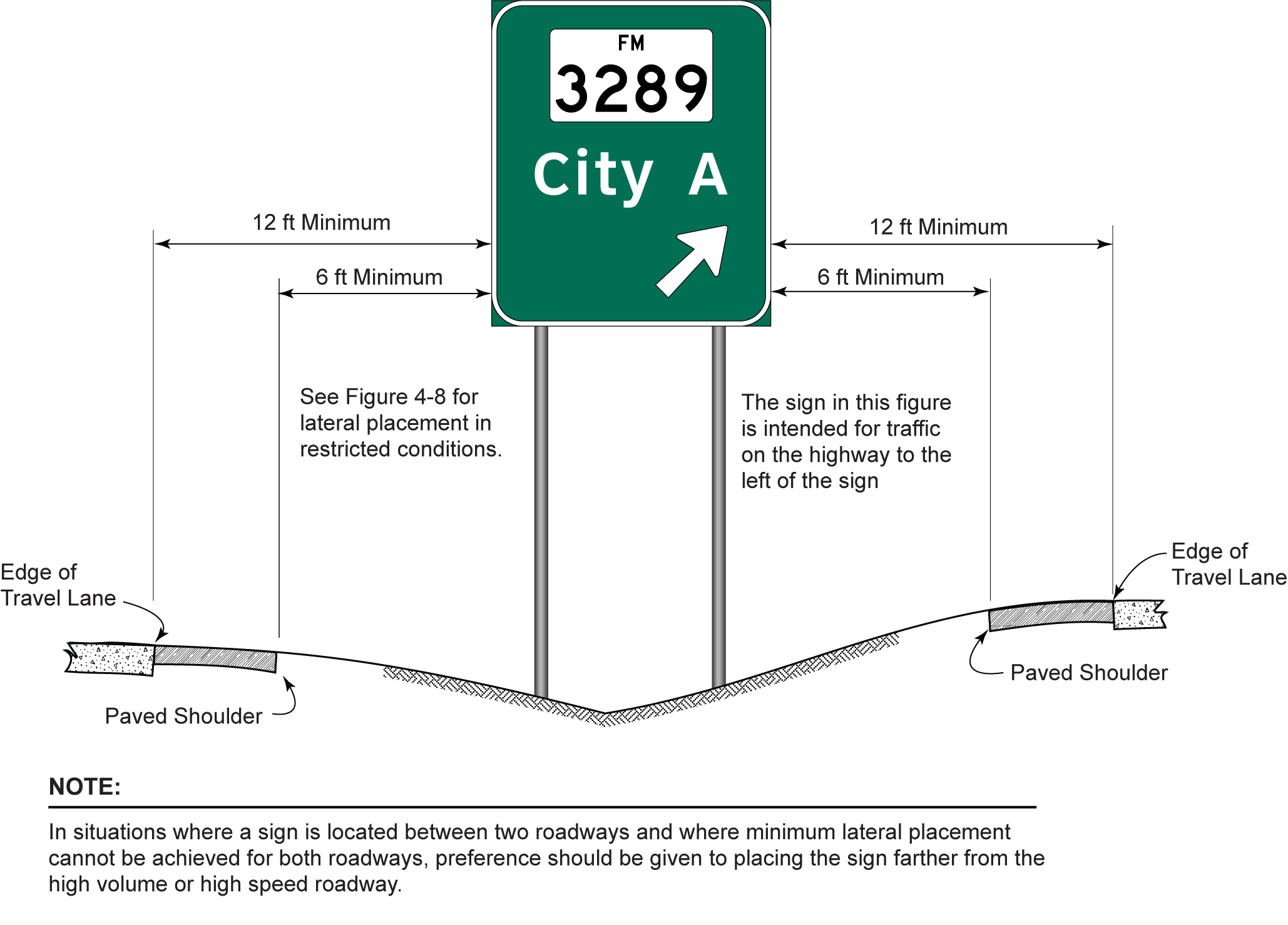
Figure 4-9. Lateral Sign Placement between Two Roadways